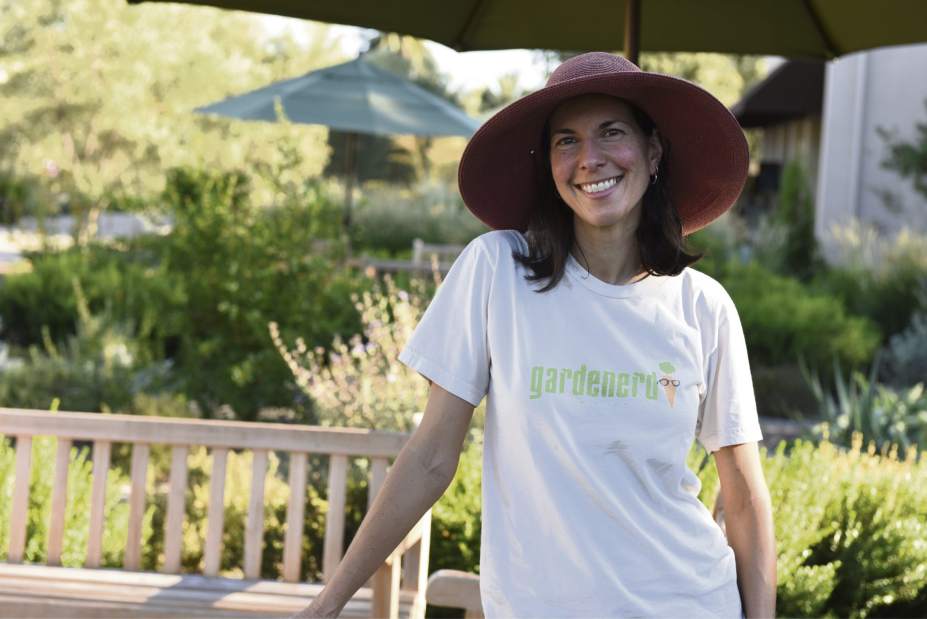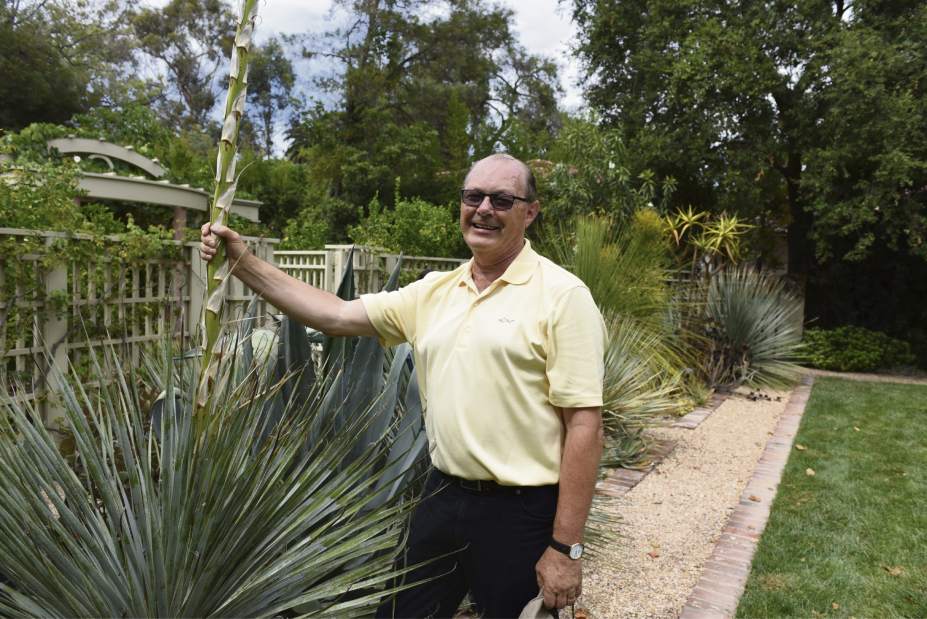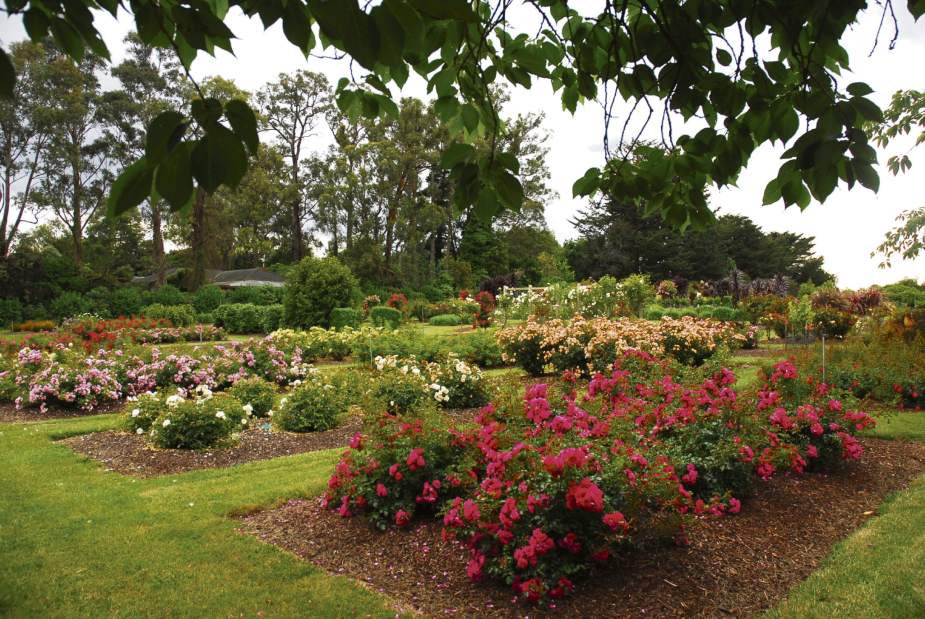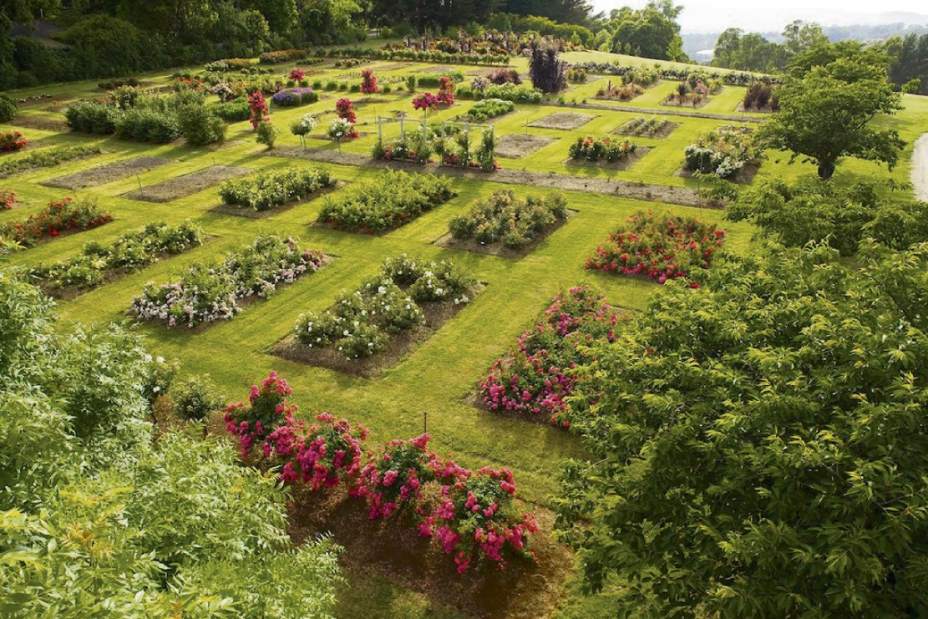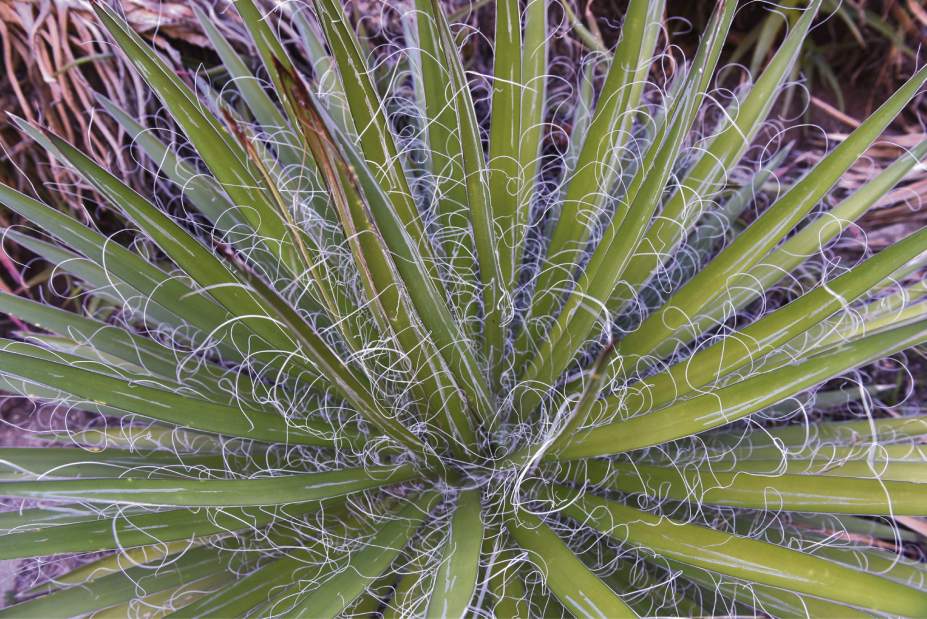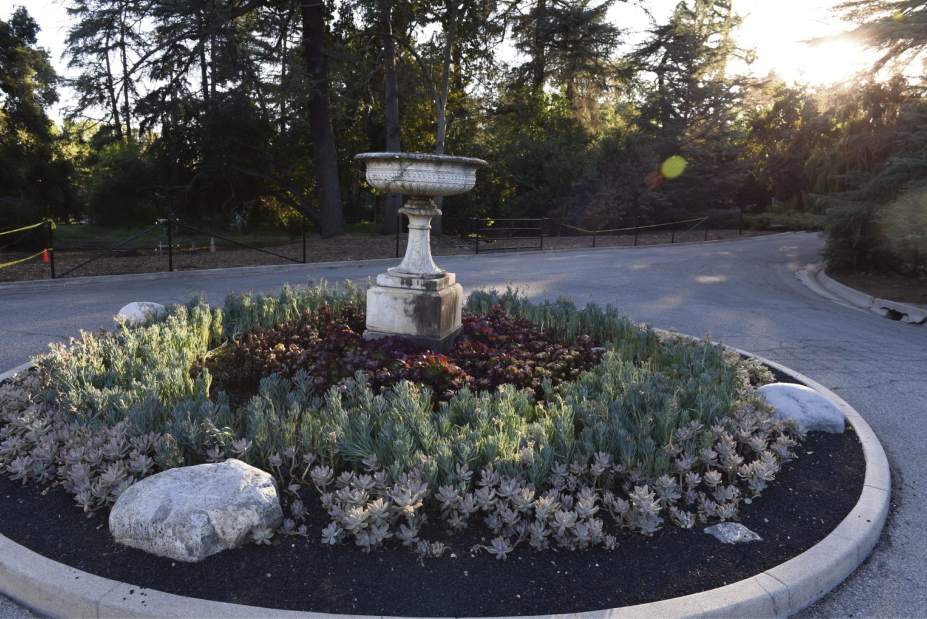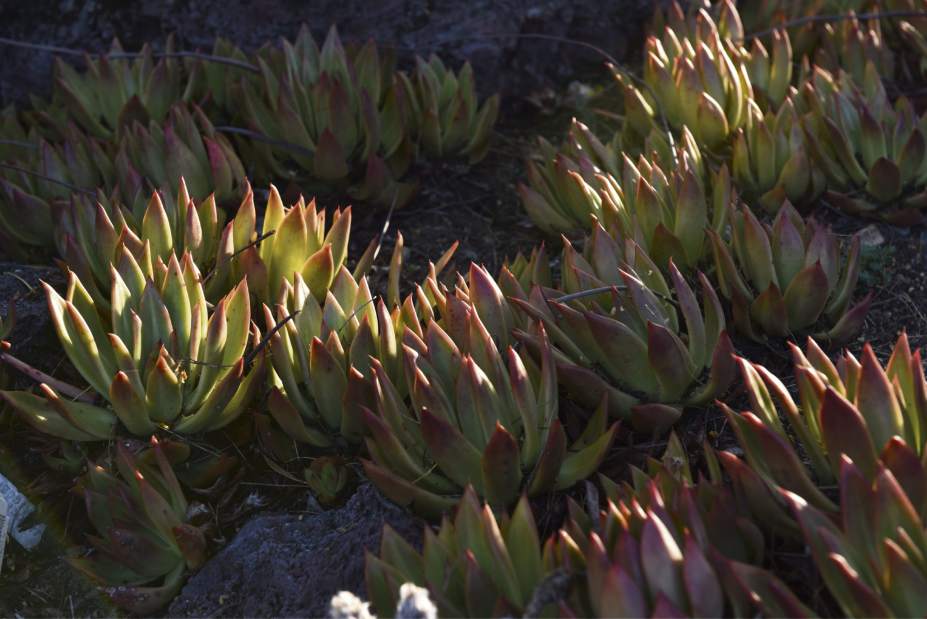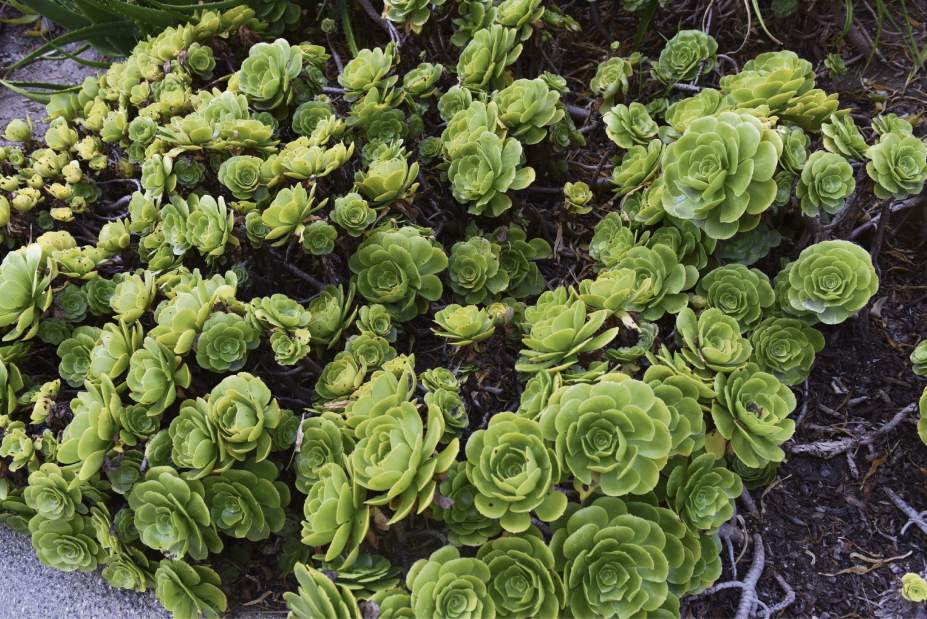Home gardeners can learn ways to conserve water
Over the years, we've seen dry seasons, but rarely a prolonged drought. Occasionally, watering will be restricted, but fall and winter bring enough moisture to solve the problem.
Living between three rivers is a luxury compared to what's happening in the western United States and in other countries.
California has seen more than four years of drought conditions, and a drought state of emergency has been declared. Australia has seen an extended drought for nearly 14 years.
Pittsburgh-area gardeners can learn how to conserve water by following the lead of those who tend gardens where rain is scarce.
Los Angeles-based Christy Wilhelmi, author of “Gardening for Geeks” and founder of the Gardenerd website, talks about the effects of the drought on gardens.
When the California governor mandated a 25 percent reduction of water usage, many people began tearing out their lawns, “which is great,” Wilhelmi says. “Because Los Angeles, in my opinion, is no place for a lawn anyway. Lawns are for places that get 20 to 50 inches of rain.”
Those areas are now being planted with native plants, which are much more tolerant and less thirsty than turf.
Wilhelmi relies on rain barrels to give the plants what they need in her own garden. She has six rain barrels, with four of them used in the vegetable garden. She painstakingly waters by hand, carrying watering cans to and from the garden.
When it does finally rain, it's a wonderful feeling, she says.
“It's so exciting; in a half an hour, one of them will fill up,” she says. “I wish I had a cistern.” One inch of rain can produce 600 gallons of water off a 1,000 square foot roof.
Choosing plants that are better suited to the climate, watering in the morning and mulching are important factors for all gardeners, but especially those hit with drought.
Trees play a role in this, too, she says. A mature oak tree can hold 64,000 gallons of water in its root system to draw up later on.
“It has been tough for certain plants,” Wilhelmi says, “but it has been an educational experience to learn more about California native plants. I'm learning a whole new palette of design options that I'm really enjoying.”
Australian gardeners dealing with severe drought are taking the same tack.
Anthony Tesselaar, president and founder of Anthony Tesselaar Plants, has worked extensively with the government in Australia so officials think differently about using water on trees, shrubs and gardens during severe drought.
“No one had told them there's an alternative” to a watering ban, he says. The challenge is trying to sell plants to people who are basically told they can't garden.
“We wanted to show the people they can still garden in a different environment,” Tesselaar says. “We have been dictated to by outside sources that see us as water wasters.”
He had to do some convincing, touting the benefits of plants and gardening for the environment and people. He began an extensive research program to see how plants actually react to drought.
One of his flagship products is the Flower Carpet Rose. Roses in general are actually a low water-use plant. But research shows gardeners were watering with 30 percent more water than they needed.
So, for three years, Tesselaar's team measured how plants grew with less water. Some were tested with half of what they usually got, others with three-quarters of what was normal and some with no water at all. The results were astounding.
“The only difference was that the plant wouldn't grow as high, but the proportion would stay the same,” he says.
Tesselaar partnered with other plant professionals and persuaded 132 of 150 government officials to change from the no-watering doctrine to smart watering.
A combination of colorful natives in place of annuals, deep-rooted perennials, foliage plants and other choices for the garden make a difference, along with proper watering. “Drip irrigation is the most effective of all,” he says.
Nurseries using smart watering techniques in Australia reduced their usage up to 90 percent and still kept plants thriving.
Tesselaar has advice for anyone dealing with a dry season:
“Just do it a little bit differently, and you can still have a beautiful garden,” he says. “You can still benefit from it, you can still enjoy it, and without guilt.”
Pennsylvania Resources Council offers rain barrel classes. Details: 412-488-7490 or www.prc.org
Doug Oster is the Tribune-Review home and garden editor. Reach him at 412-965-3278 or doster@tribweb.com. See other stories, blogs, videos and more at triblive.com/lifestyles/dougoster.
Article by Doug Oster,
Everybody Gardens
 http://www.everybodygardens.com
http://www.everybodygardens.com
Copyright © 535media, LLC


